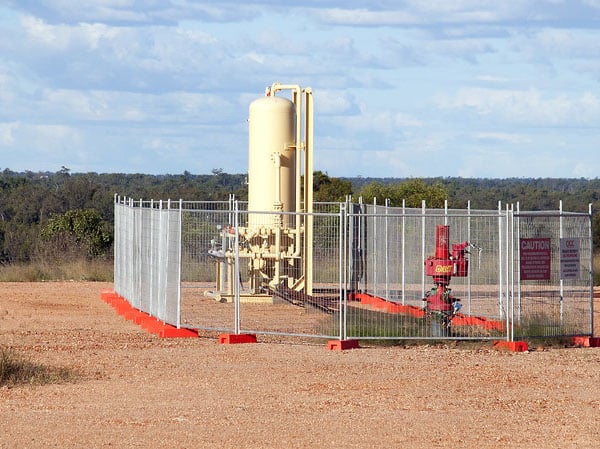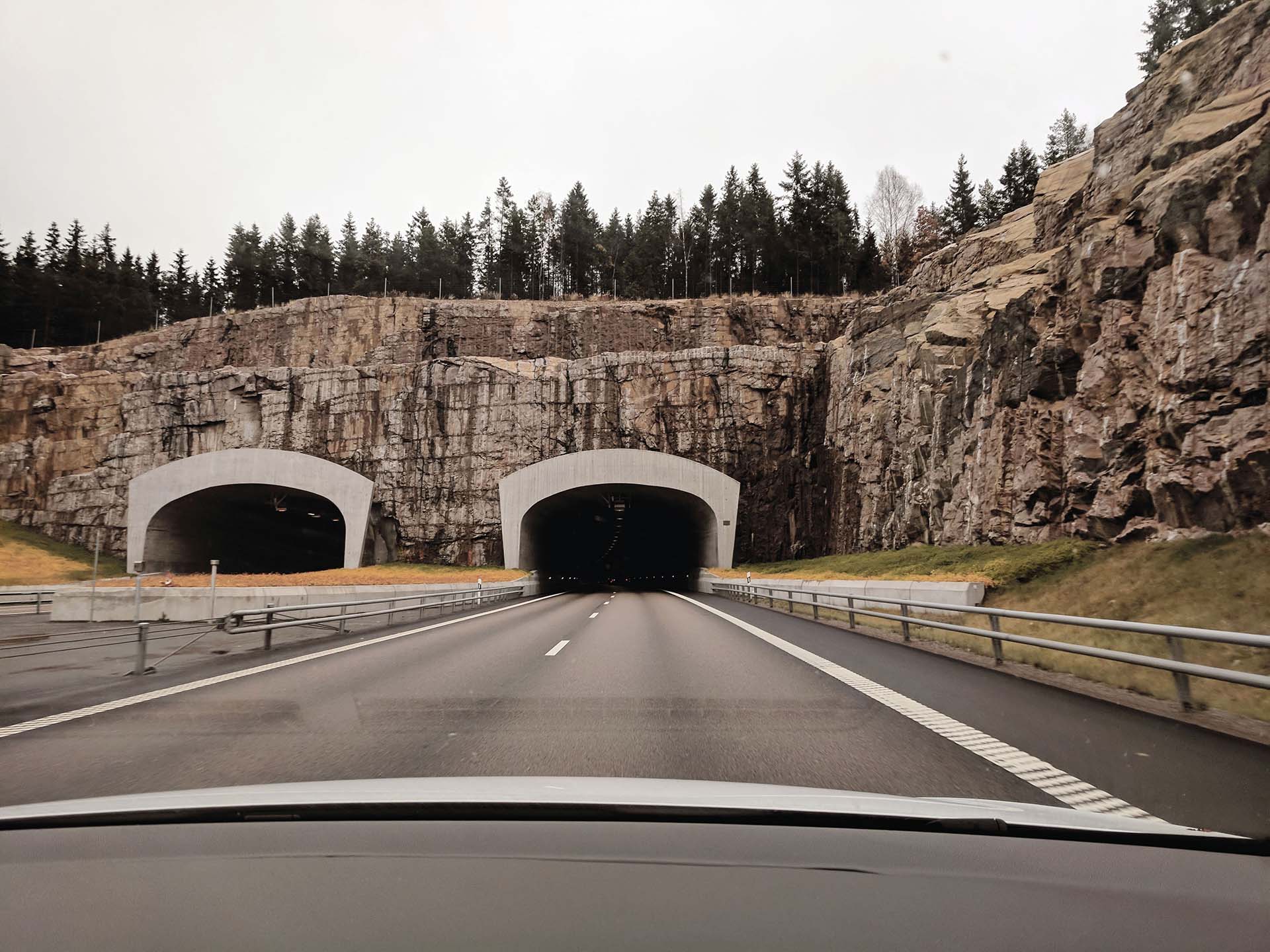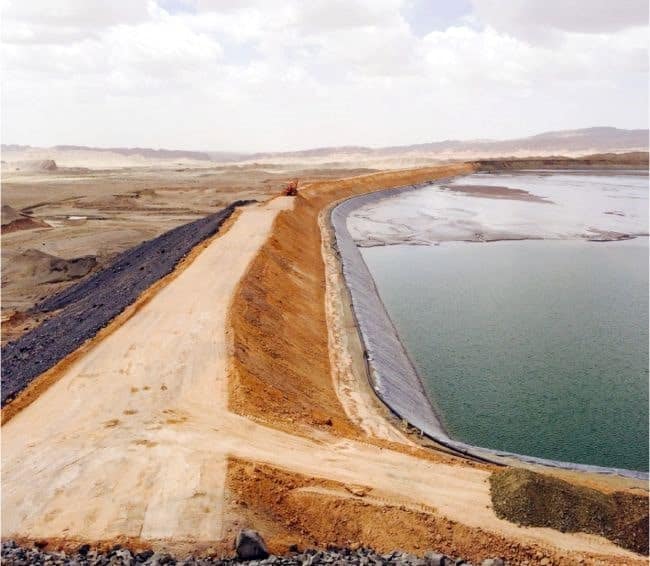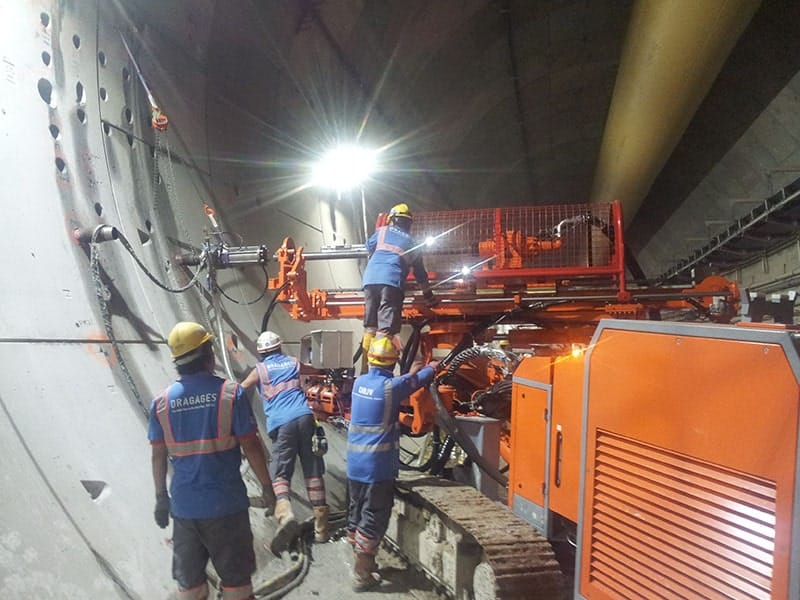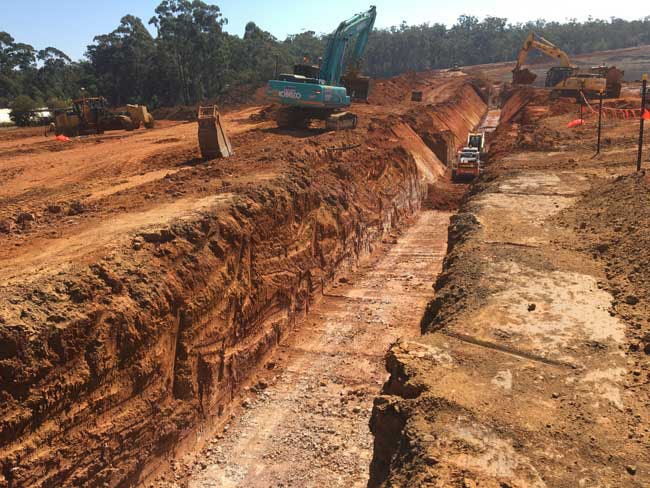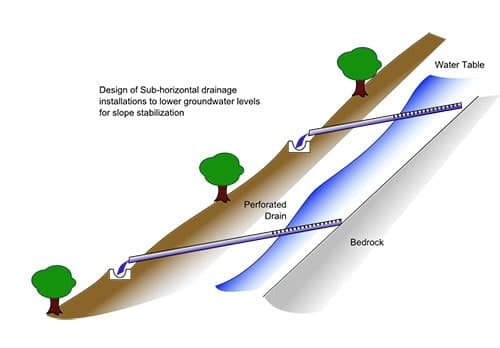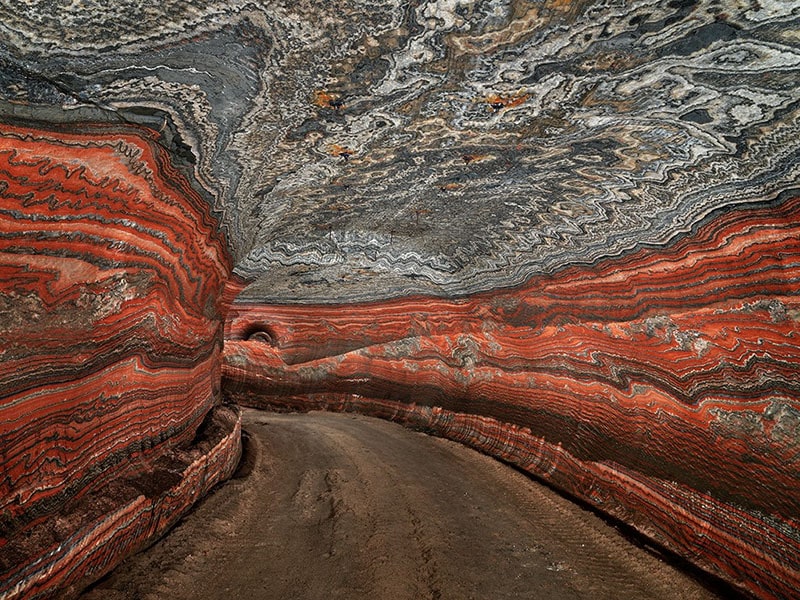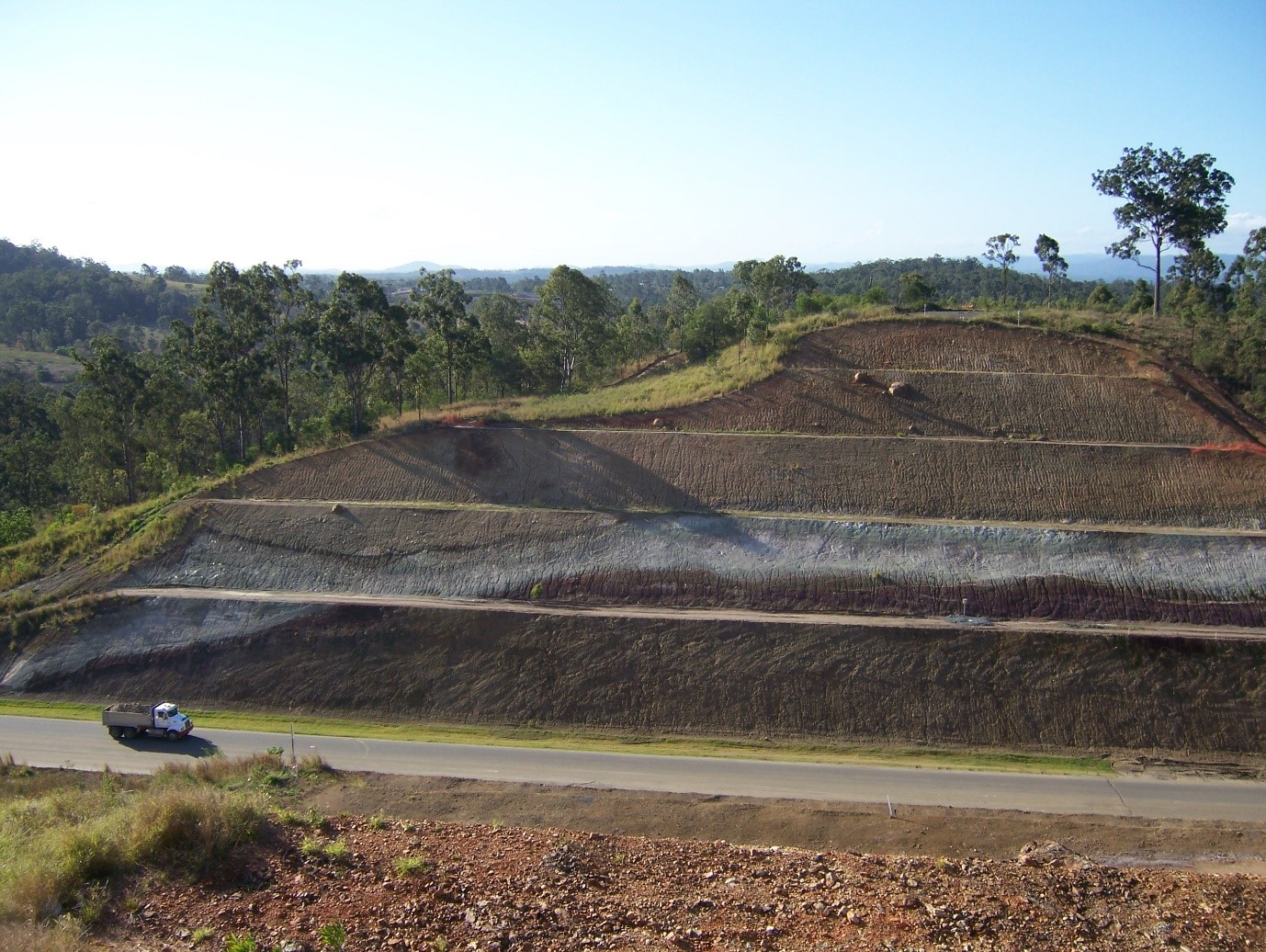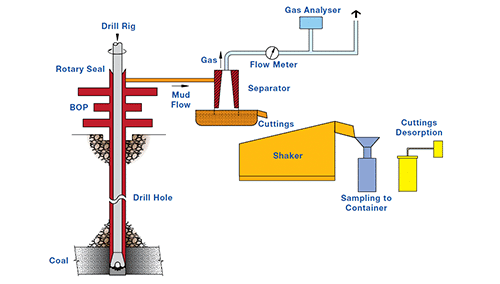When things get deeper such as in underground mines or petroleum reservoirs it is important to understand the geology to the extent that the risk of the unknown is tolerable to the project. This risk cannot be quantified unless there is an adequate level of exploration or site investigation work completed which is conducted with a broad enough appreciation of the potential complications that may be encountered.
Sigra specialises in matters related to the ground and developments on and within it and therefore the company has an in house capability to gather and process geological information. This serves our clients well as it means that we can be sure that things are done properly, either by ourselves or others.
Sigra uses all methods that are available and appropriate in their exploration work this includes:
It uses this information to build models that incorporate both lithological and structural information. They can also contain information on ground fluids.
Core Logging
Core logging is directed towards geomechanical and fluid data collection with particular emphasis on material strength and fracture orientation. When the core log is examined in combination with analysis of the acoustic televiewer (ATV) image it is possible to determine facture orientations.
Sigra’s core logging process is split into four stages:

Lithological Logging
The first pass of core logging is to obtain information on the core lithology. This stage of logging is preferably conducted with the core still in one of the inner splits of a triple tube core barrel. If a triple tube barrel is not being used the core is reassembled immediately on its extraction from the inner tube to an alternative split. It is accompanied by the photography of the core in 1 m intervals. Lithological logging is undertaken according to local requirements and with compatibility with the geological data base in use. One the prime purposes of this stage of logging is the management of depths and the location of zones of core loss.
Structural Feature Orientation Logging
Where the core is not excessively fractured, Sigra measures three points on each structural feature while it is in the split. This enables the dip and relative dip direction to be calculated.
These features are normally finally oriented by comparison with Acoustic Televiewer (ATV) images rather than by use of core orientation systems.
Examination of Structural Features and Assessment of Rock Strength
This third stage of core logging involves opening the core to examine any jointing and its infill, and to separate natural from drilling or handling induced breakage. The strength of the rock is also assessed. Any lithological information that could not be gained from the first stage of logging, while the core was still in the split, is added. The core is then packed into 1 m length core trays with depth markers and re-photographed. Core may then be removed for mechanical testing and the removed sections marked.



